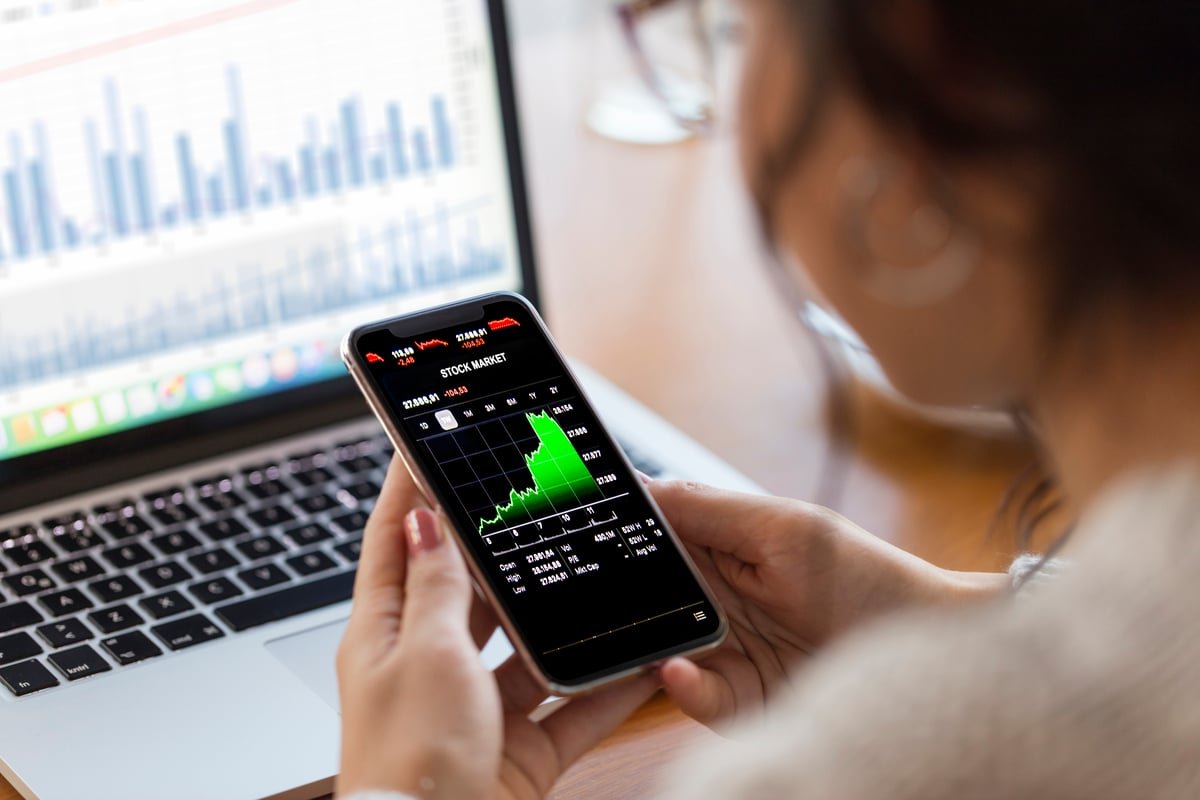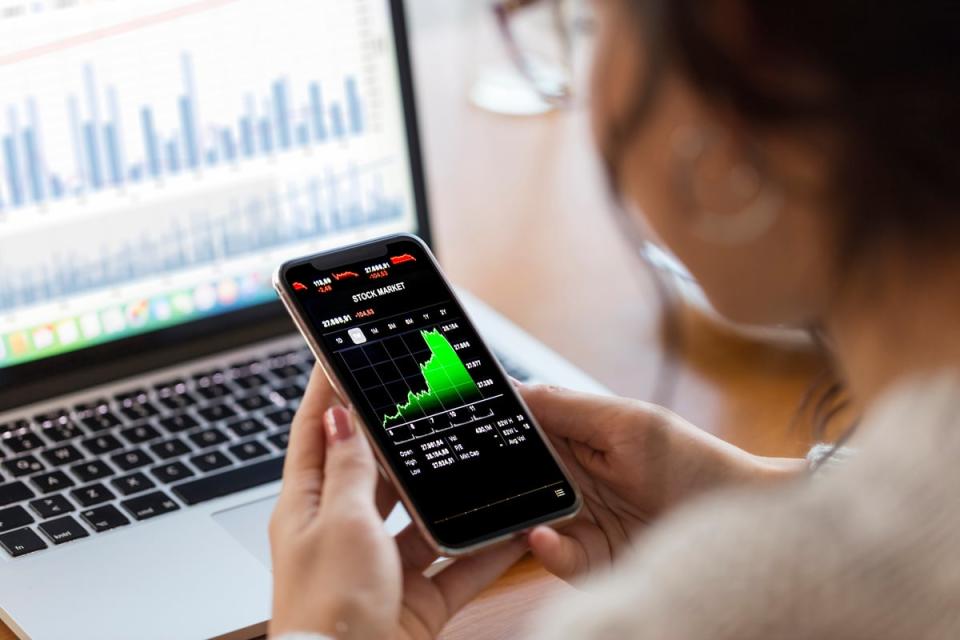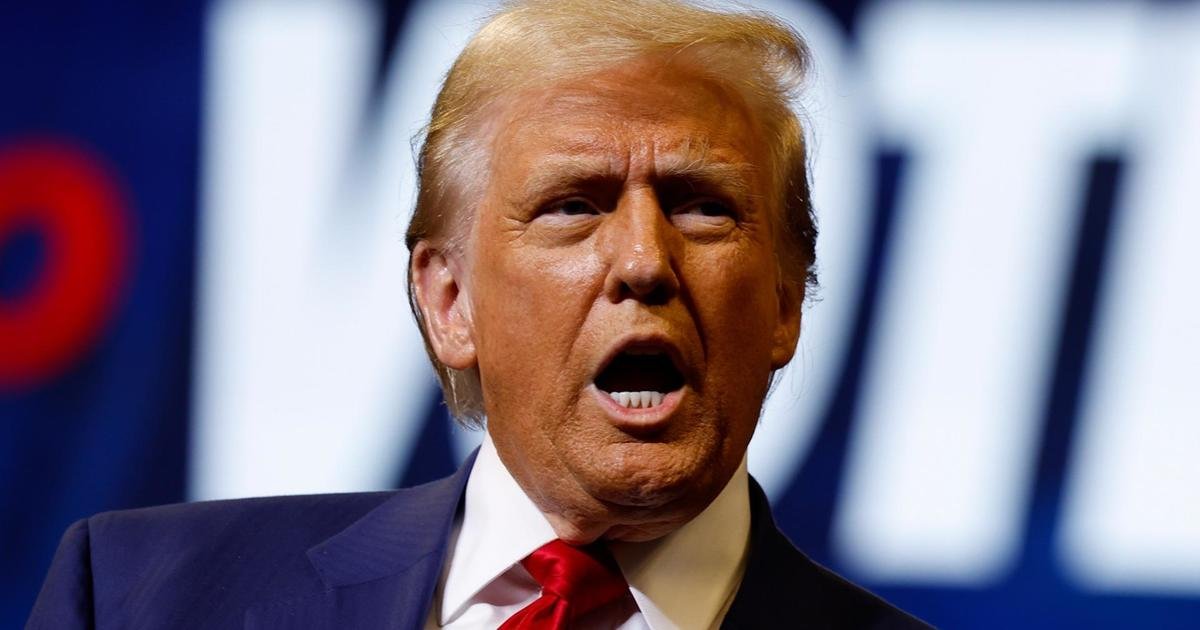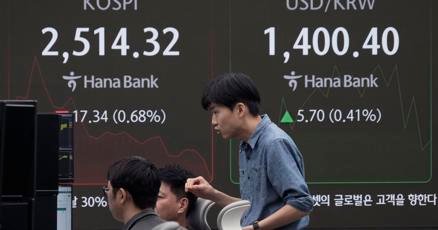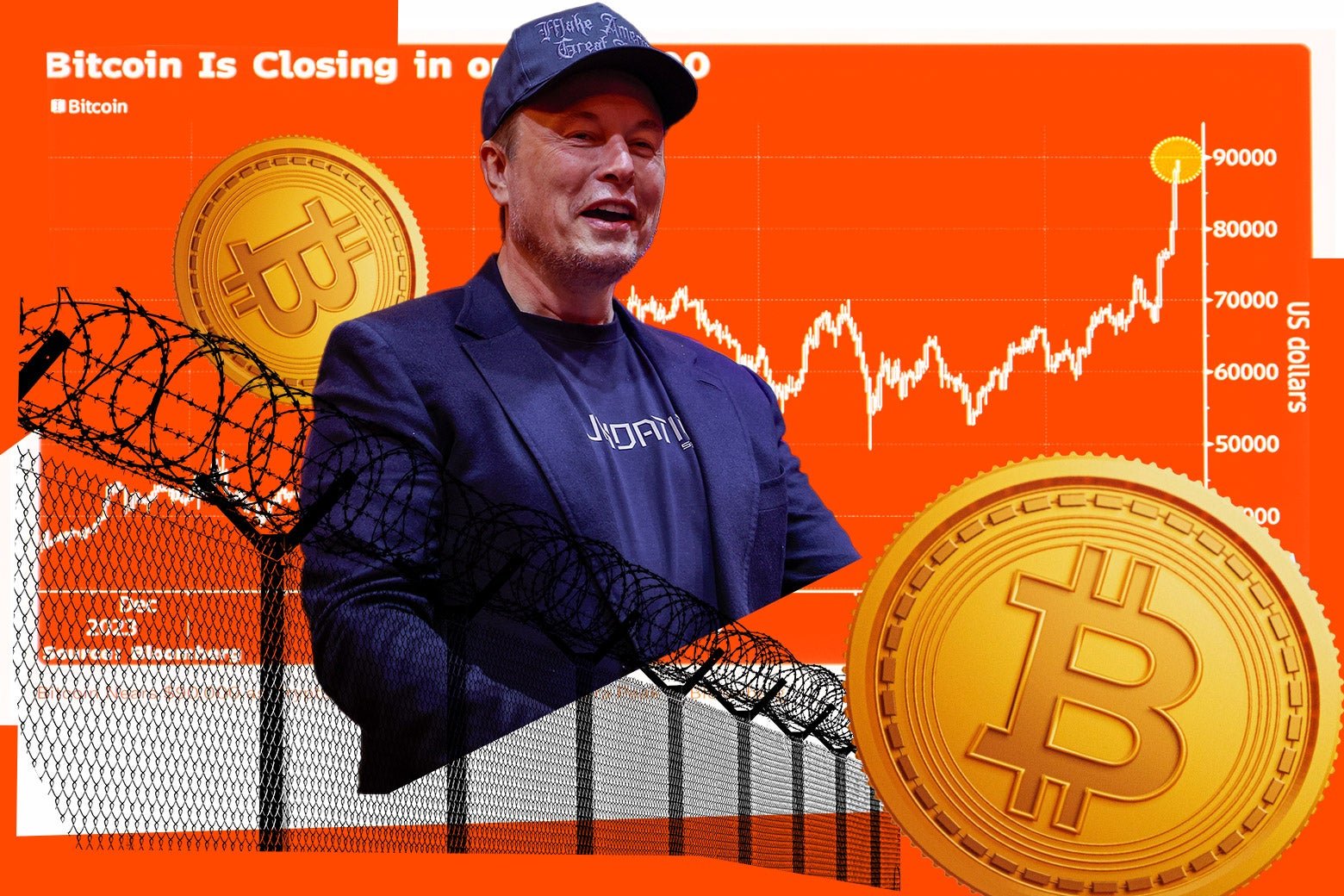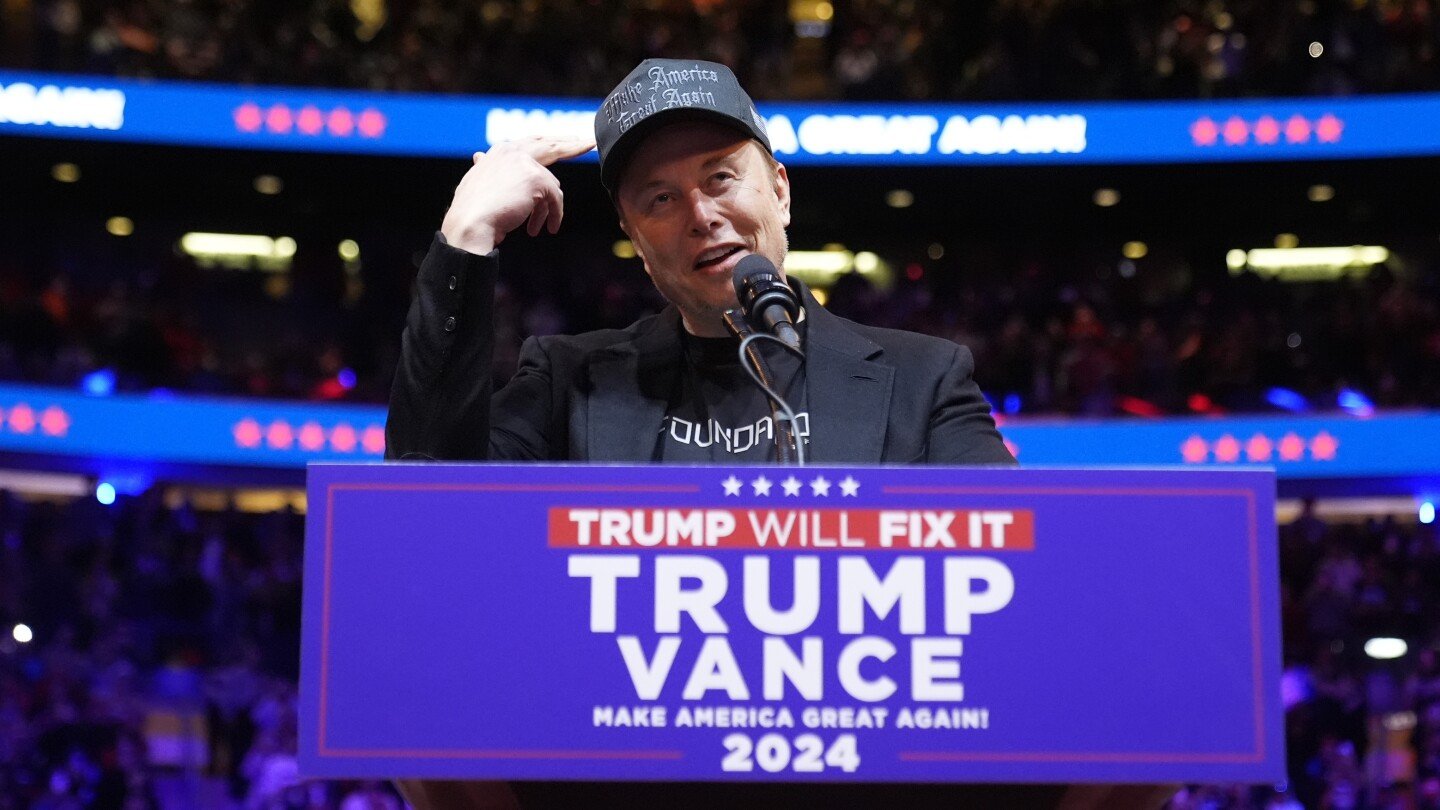Stocks have produced some extremely strong returns during the current bull market. Since the S&P 500 reached a relative low in October 2022, the index has gone on to produce a total return of about 62% in less than two years. Those are some huge returns for investors.
But not every stock is participating equally in the current bull market. Small-cap stocks, for example, haven’t fared nearly as well as their large-cap counterparts. The S&P 600, which measures the performance of about 600 profitable small-cap U.S. companies, has produced a total return of just 33% since the start of the bull market.
But the stock market just did something that suggests the tide may be turning. The dominance of large-cap stocks in the current rally could shift to small-cap stocks, and we saw an early glimpse of it in July.
Here’s what happened and what investors can do to take advantage.
The great rotation may be just getting started
During the month of July, institutional investors sold shares of the megacap stocks leading the S&P 500 and bought small-cap stocks instead. The so-called “great rotation” led to the largest monthly outperformance by the S&P 600 relative to the S&P 500 since December 2000, as Morningstar‘s Danny Noonan pointed out.
The S&P 600 rose 10.7% in July, while the S&P 500 climbed just 1.1%. Small-cap stocks rose in favor as more and more data indicated the likelihood of Federal Reserve rate cuts in September. Smaller companies are more susceptible to changes in interest rates than larger ones, so a cut would favor small caps.
The small-cap index outperformed the large-cap S&P 500 by 11.8% in December 2000. But that was just the start of a much broader rotation away from the large dot-com stocks that led the stock market higher in the 1990s. During 2001, the S&P 600 outperformed the S&P 500 by 18.8 percentage points, rising while large caps fell.
This table details the months when we’ve seen the largest spikes in rotation from large caps to small caps since 2000. It also shows the relative performance of the S&P 600 versus the S&P 500 in the following one-, six-, and 12-month periods after the big rotation.
|
Outperformance |
Next Month |
Next Six Months |
Next Year |
|
|---|---|---|---|---|
|
December 2000 |
11.8% |
0.8% |
13.1% |
18.8% |
|
April 2002 |
8.9% |
-3.3% |
-6.2% |
-6.8% |
|
April 2009 |
7.9% |
-3.8% |
-4.1% |
10.1% |
|
December 2009 |
6.7% |
0.2% |
6.2% |
12.2% |
|
November 2016 |
9% |
1.4% |
-7.2% |
-4.3% |
|
November 2020 |
7.3% |
4.5% |
16.5% |
3.7% |
|
January 2021 |
7.3% |
5% |
5.5% |
-12.3% |
|
July 2024 |
9.6% |
N/A |
N/A |
N/A |
|
Average |
0.7% |
3.4% |
3.1% |
Data source: YCharts.
As you can see, a strong one-month rotation often signals the start of a sustained outperformance from small-cap stocks. The average one-year outperformance of all seven periods studied is 3.1%, and if you remove the two extreme values (high and low), the average is still 3%.
Despite a pullback in small caps and a recovery in large caps in August, there’s good reason to believe the next year will look more like the historical average than the last month. There are several factors currently favoring an investment in small caps beyond the historical data.
Small caps could be a great investment right now
As mentioned, there’s growing expectation that the Federal Reserve will start cutting interest rates at its next meeting. That could be a major relief to small-cap stocks that rely more on floating-rate debt to finance their businesses instead of issuing bonds.
As the Fed eases its monetary policy, we’ve already seen the U.S. money supply return to growth after more than a year of contraction. Typically, market concentration has an inverse correlation with money supply growth. In other words, smaller companies should see stronger returns than the biggest companies as money supply grows, as more capital becomes available.
Lastly, the valuation gap between small caps and large caps remains extremely high. The forward P/E for the S&P 600 sits around 15.3. By comparison, the S&P 500 trades for 21.1. While that’s off the high mark we saw earlier this year, it’s still one of the biggest valuation gaps we’ve seen since the early 2000s.
Even if you missed the strong performance of small-cap stocks in July, right now is still a great opportunity to invest. You could look for individual small-cap companies presenting exceptional value, but simply investing in an S&P 600 index fund like the SPDR Portfolio S&P 600 Small Cap ETF (NYSEMKT: SPSM) could work out well for investors.
The SPDR ETF sports a low expense ratio of just 0.03%. That means you’ll pay just $3 per year for every $10,000 you invest in the fund. While returns have deviated somewhat from the S&P 600 benchmark by a few basis points, it’s worked out in the favor of investors.
Tracking error is a challenge for competing ETFs as well, as small caps generally have less liquidity than bigger stocks. So, keeping the expense ratio low with the SPDR ETF is one of the smartest ways to invest in the sustained rotation from large-cap stocks to small caps.
Should you invest $1,000 in SPDR Series Trust – SPDR Portfolio S&P 600 Small Cap ETF right now?
Before you buy stock in SPDR Series Trust – SPDR Portfolio S&P 600 Small Cap ETF, consider this:
The Motley Fool Stock Advisor analyst team just identified what they believe are the 10 best stocks for investors to buy now… and SPDR Series Trust – SPDR Portfolio S&P 600 Small Cap ETF wasn’t one of them. The 10 stocks that made the cut could produce monster returns in the coming years.
Consider when Nvidia made this list on April 15, 2005… if you invested $1,000 at the time of our recommendation, you’d have $731,449!*
Stock Advisor provides investors with an easy-to-follow blueprint for success, including guidance on building a portfolio, regular updates from analysts, and two new stock picks each month. The Stock Advisor service has more than quadrupled the return of S&P 500 since 2002*.
*Stock Advisor returns as of August 26, 2024
Adam Levy has no position in any of the stocks mentioned. The Motley Fool has no position in any of the stocks mentioned. The Motley Fool has a disclosure policy.
The Stock Market Just Did Something Not Seen Since the Year 2000. Here’s What History Says Happens Next. was originally published by The Motley Fool

